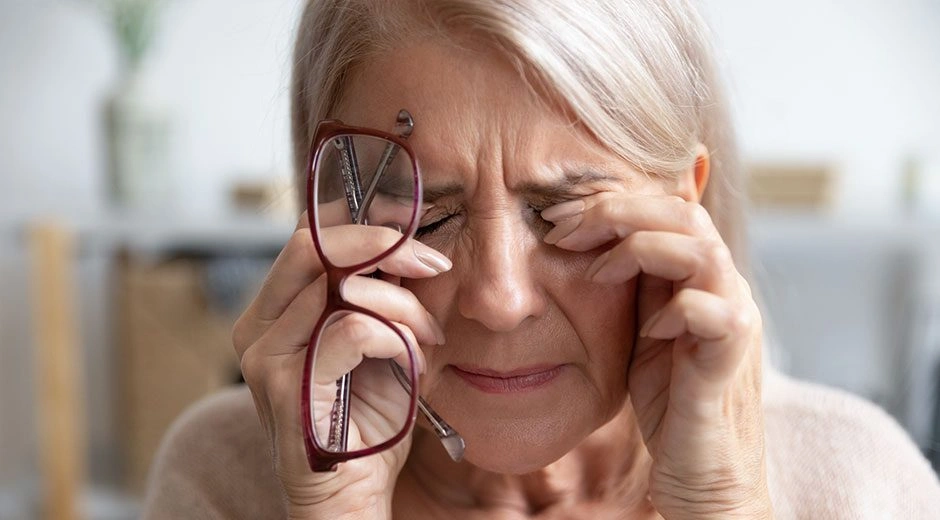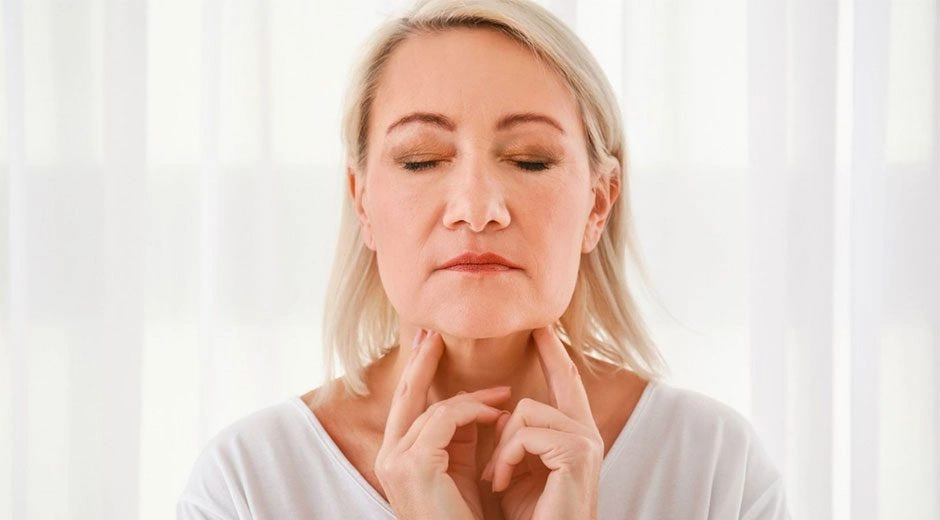Marion, 85, lives in a condominium on her own. She has macular degeneration, a disease that gradually causes vision loss. Marion moved into a condominium after she realized she could no longer keep up with the upkeep of her home. Marion considers herself to be very independent. She uses public transportation to get around. Her diminishing vision has not kept her from having lunch with her friends. She is also very involved in activities sponsored by her local senior center.
Lately, Marion has been finding it harder to manage on her own. She highly values her privacy and rejects any suggestions for potential long-term care facilities that could provide her with the support she needs. However, Marion’s vision loss puts her at high risk for fractures and falls.
WHAT IS AGE-RELATED MACULAR DEGENERATION?
Age-related macular degeneration is the leading cause of severe vision loss in older adults. The macula is the most sensitive visual receptor area in the eye. With macular degeneration, central vision is lost, but peripheral vision is preserved.
There are two forms of age-related macular degeneration (AMD): dry and wet.
Dry AMD:
Accounting for about 90% of macular degeneration, in the dry form of AMD, light-sensitive cells gradually break down over time. The macula gets thinner and dryer with age.
Wet AMD:
In the other 10%, wet macular degeneration, fluid accumulates under the retina, and the sensory layer slowly detaches from the blood supply underneath, causing significant vision loss.





